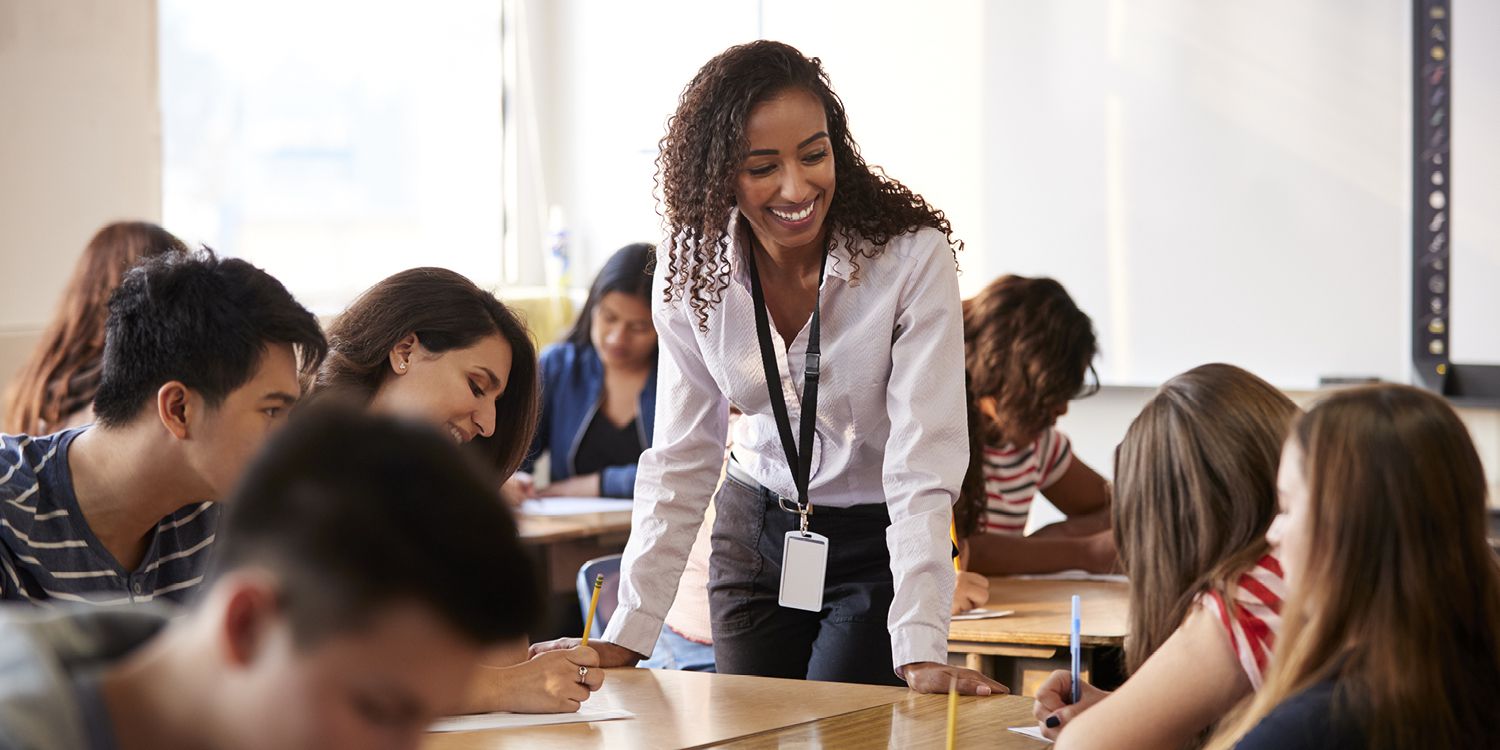
Teaching Methods: Navigating the Landscape of Education
Introduction
Education is a dynamic field, constantly evolving to meet the diverse needs of learners. At the heart of this evolution lie teaching methods, the strategies employed by educators to impart knowledge effectively. In this article, we’ll explore traditional and modern teaching approaches, innovative pedagogies, and the challenges and benefits associated with them.
Traditional Teaching Methods
- Lecture-Based Instruction
One of the oldest methods, lectures have been the backbone of education. While effective in delivering information, they may lack engagement and interaction.
- Textbook Learning
Relying on textbooks for information is a classic approach. However, it often overlooks diverse learning styles and may not cater to individual needs.
Modern Teaching Approaches
- Interactive Learning
Encouraging student participation fosters a dynamic learning environment. Interactive methods include discussions, debates, and group activities.
- Collaborative Learning
Promoting teamwork and shared knowledge, collaborative learning prepares students for real-world interactions.
- Technology Integration
Incorporating technology into lessons enhances engagement and allows for a more interactive and multimedia-rich learning experience.
Innovative Pedagogies
- Project-Based Learning
Real-world applications of knowledge through projects make learning tangible and memorable.
- Flipped Classroom
In this approach, traditional homework and classwork roles are reversed, with students learning new concepts at home through videos and applying them in class.
Differentiated Instruction
Tailoring teaching to individual learning styles ensures that every student has an opportunity to grasp and retain information effectively.
Experiential Learning
- Learning Through Real-World Experiences
Field trips and hands-on experiences connect theoretical knowledge to practical applications.
- Role of Field Trips
Field trips provide students with a firsthand understanding of subjects, making learning more engaging and relevant.
Inclusive Teaching Methods
- Catering to Diverse Learners
Recognizing and accommodating diverse learning needs ensures that education is accessible to all.
- Universal Design for Learning (UDL)
Creating flexible learning environments that cater to various learning styles promotes inclusivity.
Assessment Strategies
- Formative Assessment
Continuous evaluation during the learning process aids in identifying and addressing gaps in understanding.
- Summative Assessment
End-of-term assessments measure overall comprehension and mastery of the subject.
Challenges in Implementing Effective Teaching Methods
- Resistance to Change
Adopting new methods can face resistance from educators accustomed to traditional approaches.
- Resource Constraints
Limited resources, both in terms of technology and training, may hinder the implementation of innovative teaching methods.
Benefits of Varied Teaching Approaches
- Enhanced Student Engagement
Interactive and dynamic teaching methods capture students’ attention, fostering a more engaging learning experience.
- Improved Retention and Understanding
Varied approaches cater to different learning styles, increasing the likelihood of students retaining and understanding information.
Case Studies
Explore examples where institutions successfully implemented innovative teaching methods, leading to improved student outcomes.
Future Trends in Teaching Methods
- Artificial Intelligence in Education
The integration of AI in education promises personalized learning experiences tailored to individual student needs.
- Personalized Learning Platforms
Digital platforms that adapt to students’ progress and preferences are shaping the future of education.
Teacher Training and Professional Development
Continuous learning and training empower educators to effectively implement new teaching methods and adapt to evolving educational landscapes.
The Role of Feedback in Teaching
- Importance of Student and Peer Feedback
Constructive feedback from students and peers contributes to continuous improvement in teaching methods.
- Continuous Improvement
Regularly updating and refining teaching approaches ensures educators remain effective and responsive to students’ needs.
Conclusion
In navigating the landscape of teaching methods, it becomes evident that a blend of traditional, modern, and innovative approaches creates a rich and effective educational experience. Embracing the challenges and benefits associated with diverse teaching methods is essential for fostering engaged and well-rounded learners.
https://projectworking0.blogspot.com/2023/11/unlocking-minds-exploring-depths-of.html

